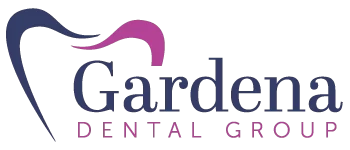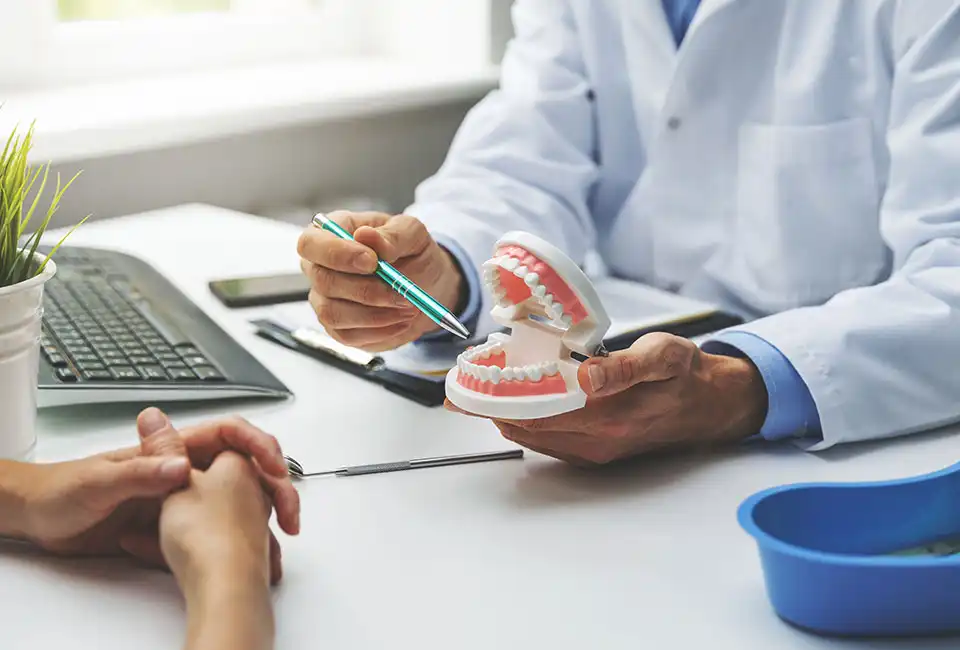Dental anomalies are a common dental problem. Refers to the growth of one or more teeth that visually differ in size and shape, color, and sometimes in their anatomical structure.
Mainly assessed by patients as an aesthetic defect. But in some cases, abnormal parameters can cause constant discomfort, painful sensations during chewing food.
Such a frequent problem as malocclusion disrupts the breathing mechanism and aggravates the course of ENT infections.
Causes of dental anomalies
The most common dental developmental anomalies are congenital defects. They were formed in the period of intrauterine development, when under the influence of external or internal factors on the mother’s body there was an improper laying of dental rudiments in the child. Acquired dental anomalies are rarely recorded in dental practices.
The development of defects can be provoked by:
- the growth of a tooth bud in the wrong direction;
- prescribing heavy medications to a child in preschool or to a mother during pregnancy;
- chronic pathologies of the endocrine system;
- immune system dysfunction;
- genetic predisposition in the family;
- mineral metabolism disorders.
The acquired form of dental anomaly is more common in children because it is associated with abnormalities in the process of tooth eruption. In preschool children, the development of abnormalities is preceded by overcomplete teeth, early loss of deciduous teeth due to caries or jaw trauma. The process can be exacerbated by an unbalanced diet and living in special regions, such as those with short periods of sunshine throughout the year and chronic vitamin D deficiency.
Classification of dental anomalies
- Tooth shape anomalies are identified by atypical flattened or overly wide crowns, altered cutting edges.
- Anomalies of tooth position are associated with a low or high fit, displacement from the maxillary arch, change of axis, eruption in an atypical place, rearrangement of elements (e.g., premolar and canine change places).
- Quantitative anomalies of a number of teeth are associated with partial or complete absence of teeth, growth of additional (overcomplete) rudiments.
- Enamel abnormalities – underdevelopment of dental tissues, overgrowth of enamel or its absence, changes in natural color.
In children, separate attention is paid to dental bite abnormalities. Normally, the upper dentition should protrude slightly above the lower dentition when the jaws are clasped together. But due to hereditary predisposition, trauma, prolonged finger or pacifier sucking, chronic maxillary sinusitis in childhood, abnormalities may occur.
Dental abnormalities related to tooth shape and size
Of all the varieties of anomalies, cases with atypical tooth sizes predominate. They are predominantly congenital and are associated with abnormal intrauterine bone formation. Patients present with pathologic changes in the shape of the crown part.
Getchinson’s teeth
In this pathology, late eruption of the rudiments is recorded, and the dental crowns of the incisors on the upper and lower jaws are formed with a notch. This part is covered with either a very thin enamel layer or enamel develops only on the tooth corners. The dentin is not covered, so Getchinson’s teeth deteriorate rapidly during childhood. Patients complain of severe sensitivity and chewing problems. Adults may experience this rare abnormality after trauma or infection of the dental rudiments.
Pflueger’s teeth
They are characterized by underdeveloped dentin and a wide crown. The pathologic process involves exclusively the molars. They form atypically large in size but with an underdeveloped chewing surface. Because the crown portion is heavily overgrown at the base, and the fissures (cusps) of the molars are smaller than their size, the “eights” take on a cone-shaped appearance.
Spiky teeth
Atypical parameters are characteristic of maxillary and mandibular incisors. The name clearly suggests the appearance of the crowns. They resemble sharp thorns. The spiky form can develop if the incisors are interfered with by overcomplete teeth. Or, on the contrary, congenital adentia has been documented.
Other diseases
Pulpit
Pulpitis is an inflammation of the pulp, or the core of the tooth, where the blood vessels and nerves are located. One of the main signs of its appearance is sharp pain, which intensifies with high or low temperature. In most cases, pulpitis occurs as a result of neglected caries, and if untreated, it turns into periodontitis. In the initial stage, pulp inflammation is treated quite simply. The tooth nerve and pulp are not removed and the inflammation is relieved with therapeutic agents. In cases where a live nerve cannot be extracted, it is treated with a special paste containing arsenic or paraformaldehyde. 1-2 days after treatment, the pulp dies and is painlessly extracted.
Tooth cyst
A dental cyst is a neoplasm that appears if there are infections in the body and there have been injuries. It’s pathological in nature. The entry of pathogenic microorganisms into the bone tissue area, which occurs through the dental canals, provokes an inflammatory process, which results in the formation of dental cysts. When the infection process affects the cells, they die, causing cavities to appear in the bone tissue. To keep the disease from spreading, the body forms a capsule with a tough shell of inflammatory fluid, dead cells and microbes. Due to thick walls, the capsule prevents pathology from developing.
Diagnosis and treatment methods of dental anomaly
The dentist records dental defects during the examination. Most pathologies are recognized visually. If it is necessary to exclude hidden abnormal processes (overcomplete or not yet erupted teeth), X-ray diagnostics is used. Often, a panoramic image showing the relationship of the two jaws and the localization of pathologies is sufficient.
Based on the results of examination and tests, the specialist determines the treatment tactics. You can resort to these methods:
- therapeutic treatment (remineralization of tooth enamel);
- orthodontic treatment (wearing braces, eliners);
- surgery and prosthetics (veneers, crowns, implants).
The length and complexity of treatment is highly individualized. Modern equipment and the experience of qualified doctors allow to correct defects of any complexity and guarantee the patient the aesthetics of the smile.

